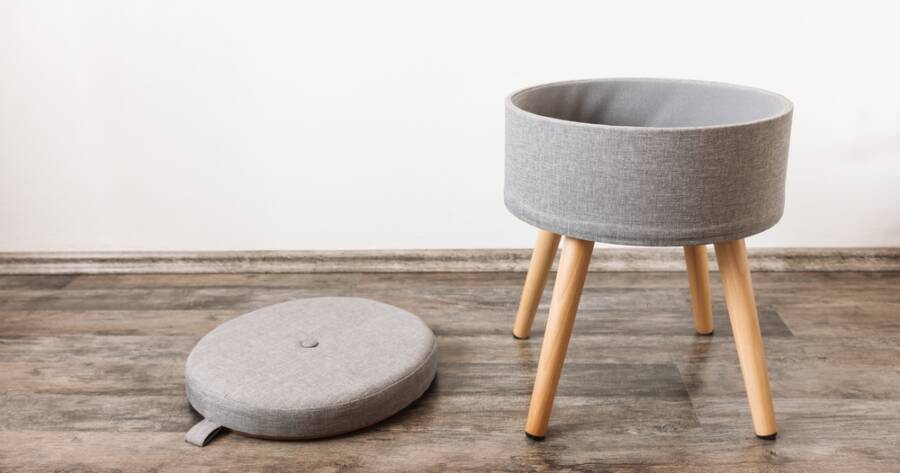Living in a small space doesn’t mean you have to sacrifice organization or style. With smart planning and the right storage strategies, even the tiniest apartment or room can feel open, functional, and comfortable. Clever use of furniture, walls, and hidden spaces can help transform clutter into calm—without needing to expand your square footage.
Maximizing Vertical Space
One of the most underused areas in any room is the wall space. Going vertical can free up valuable floor area while keeping essentials within reach. Tall shelving units, wall-mounted racks, and floating shelves allow you to store books, kitchen supplies, or decor without crowding furniture. In the kitchen, hanging pots and utensils on pegboards can open up cabinets for food storage. Bathrooms also benefit from tall shelving over toilets or behind doors, providing a place for towels and toiletries in tight quarters.
Another trick is to mount hooks or magnetic strips to keep everyday items like keys, scissors, or jewelry neatly displayed and easy to find. These vertical solutions create storage while adding visual height, helping small spaces feel larger.
Multifunctional Furniture Is Key
When every inch counts, choosing furniture that does more than one job is essential. Storage ottomans, for example, provide a place to sit while hiding blankets or books inside. Some ottomans can even transform into beds! Meanwhile, coffee tables with lift tops or hidden compartments offer both workspace and discreet storage.
Beds with built-in drawers or space underneath allow you to store seasonal clothing, shoes, or spare bedding. Even couches with hidden storage beneath the cushions or inside the arms can make a big difference in reducing visual clutter. These pieces help you maintain a clean look without sacrificing function or comfort.
Think Inside the Closet (and Behind the Door)
Closets are often crammed and chaotic, but with a little organization, they can hold much more than clothes. Add tiered hangers, hanging shoe racks, or over-the-door organizers to maximize every inch. Slim bins or clear boxes help you sort items by season or category, making it easier to find what you need quickly.
Doors themselves are valuable real estate. Over-the-door storage solutions for shoes, cleaning products, or accessories help turn otherwise wasted space into something useful. Hanging organizers or pocket-style systems can also work well for craft supplies, toiletries, or pantry goods.
Hidden Storage That Doesn’t Sacrifice Style
Some of the most effective storage ideas are hidden in plain sight. For example, a bench in the entryway with built-in compartments helps store shoes or bags while serving as a sitting area. Decorative baskets or bins placed under tables or beside sofas can hide cables, toys, or magazines while still blending with your decor.
Kitchen carts on wheels offer storage for small appliances or dry goods and can be rolled out of the way when not in use. Even radiator covers can double as shelving units if designed correctly. The goal is to find ways to store items without making your space feel crowded or busy.
Decluttering: The First Step Toward Smarter Storage
Before investing in storage tools or furniture, decluttering is essential. Holding onto items you no longer use or need only makes small spaces feel tighter. Sort through your belongings and donate or discard what no longer serves a purpose. Once you’ve pared things down, organizing becomes much simpler and more effective.
Make this a regular habit—review your storage areas every few months to ensure you’re not accumulating items that eat up valuable space. Smart storage starts with knowing what you actually need to store.
A More Spacious Life Without Moving
Living small doesn’t mean living with less comfort. With a thoughtful approach and some creativity, you can make even the smallest home feel functional and serene. Smart storage strategies turn every corner into an opportunity to simplify, organize, and enjoy your space more fully.
Big Impact in Small Spaces
By thinking vertically, choosing multifunctional furniture, and using overlooked spaces like doors and closets, small homes can become surprisingly roomy. Hidden storage and consistent decluttering keep everything in its place without overwhelming your living area. With the right approach, your space—no matter how small—can work smarter, not harder.

